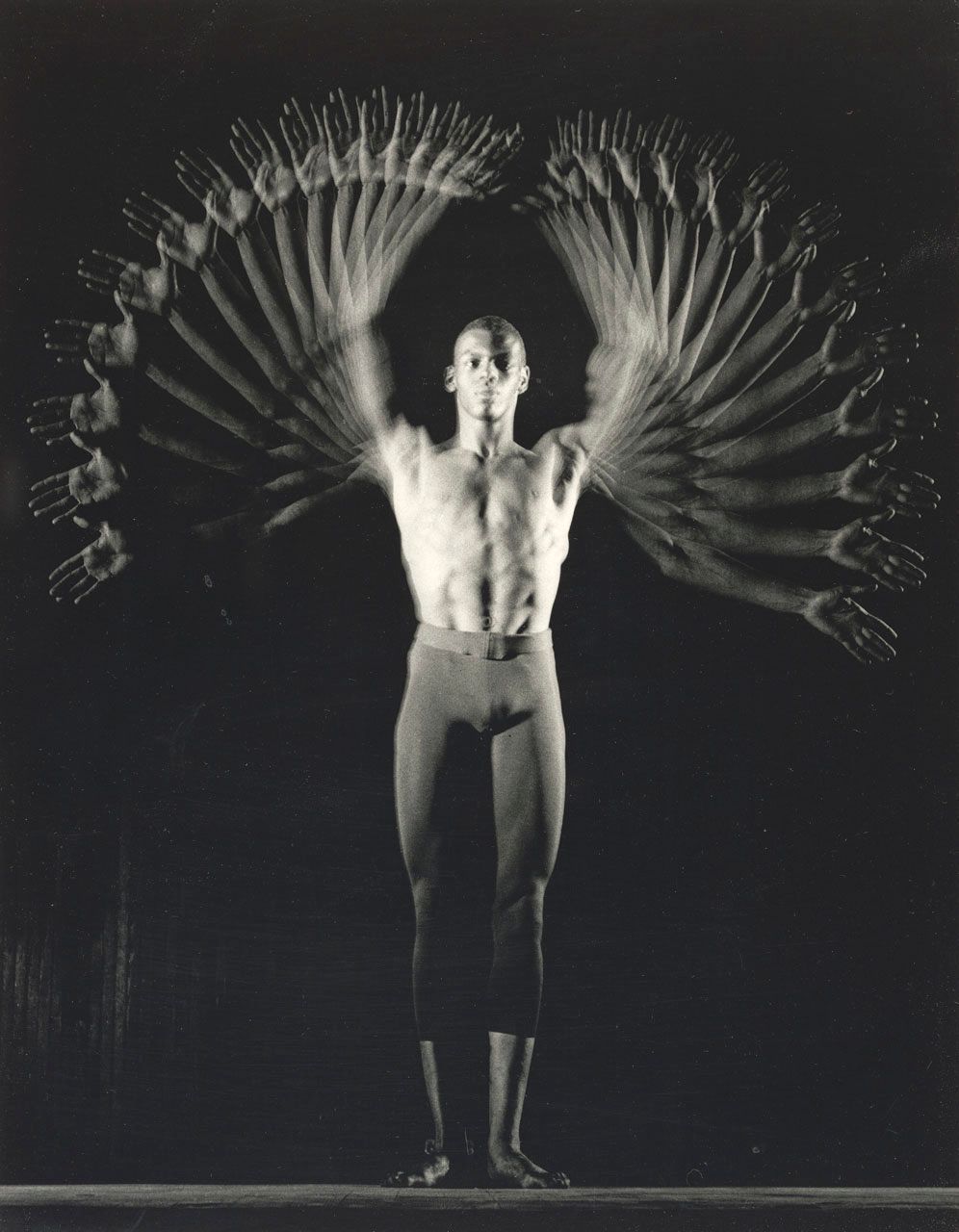Accession
2005-281Source or Donor
Brown Bag Contemporary (Steven Turner), Esther Graffin, George Batten, Theodore Tsang, Mark Friedman, Beverly Denenberg, Scott Shields, Joyce Cooper, Bobby Field, James Kidd, Dr. Louis Leiter, Brian Vail, Philip M. Laughlin, Lois Shelton, Ron Petersen, Mr. Raymond Gundlach, Michael Wolcott, Stuart Denenberg, George TchobanoglousAcquisition Method
GiftNotes
Crocker Art Museum, gift of Rosemary and George Tchobanoglous
